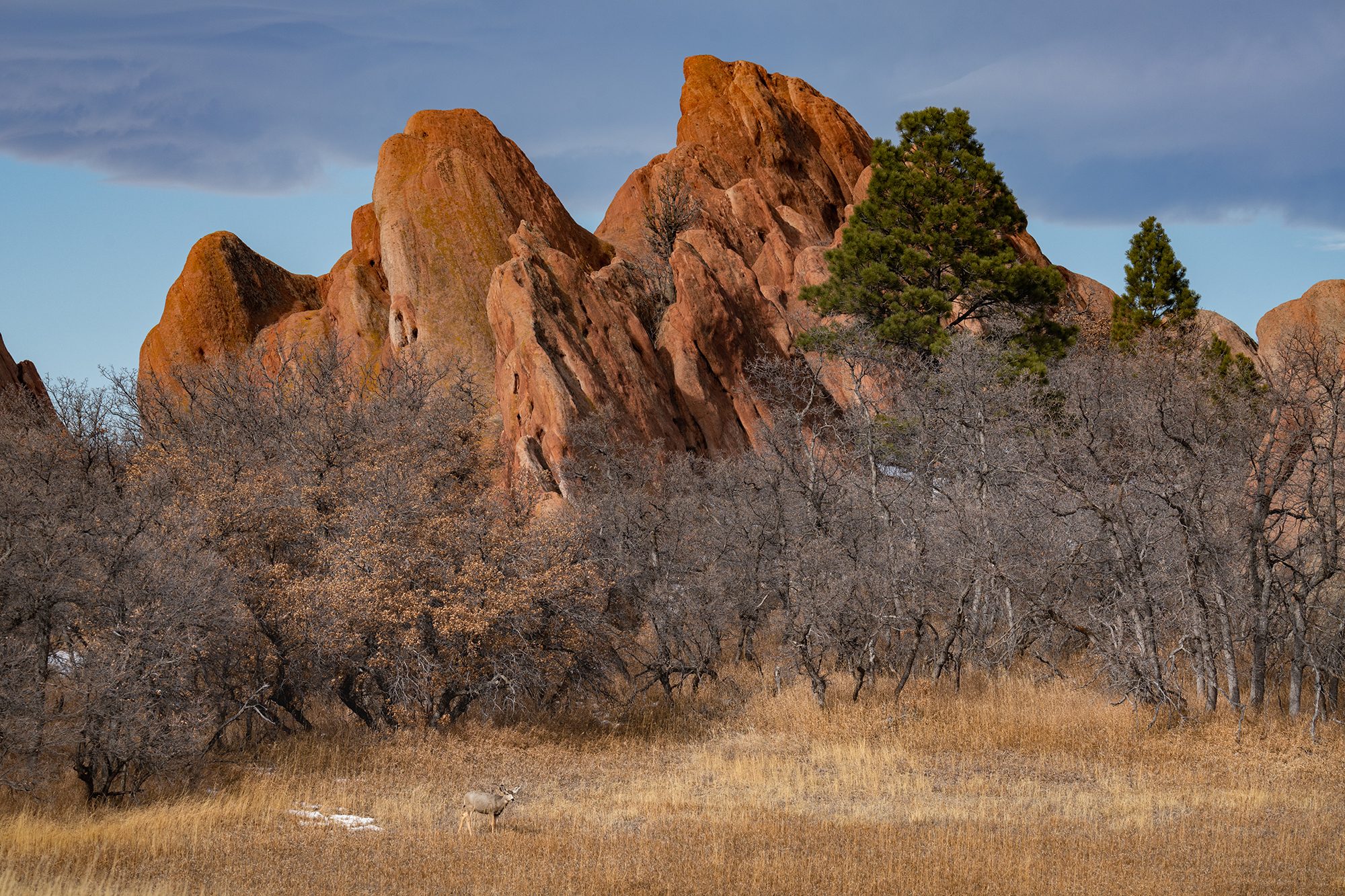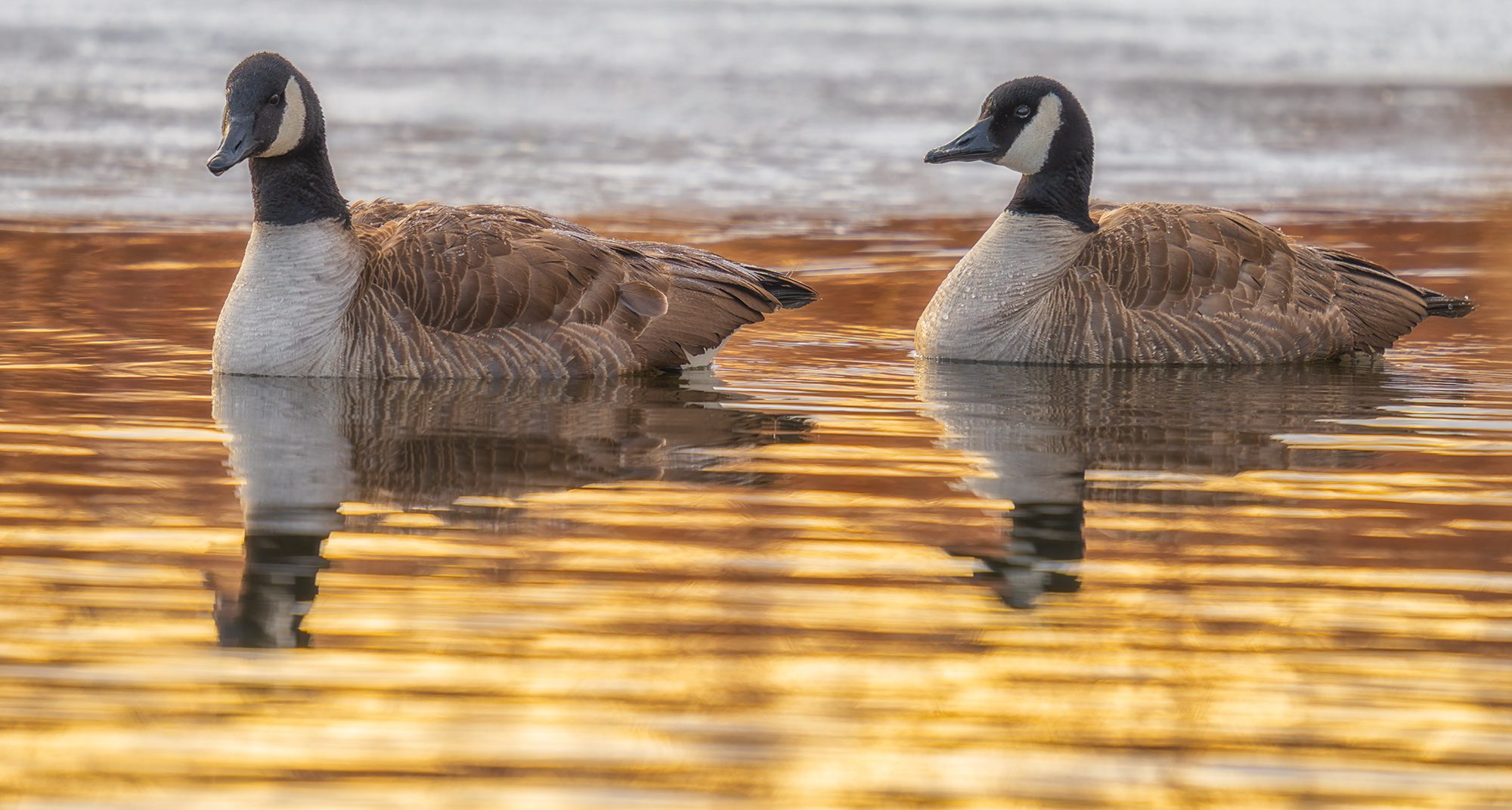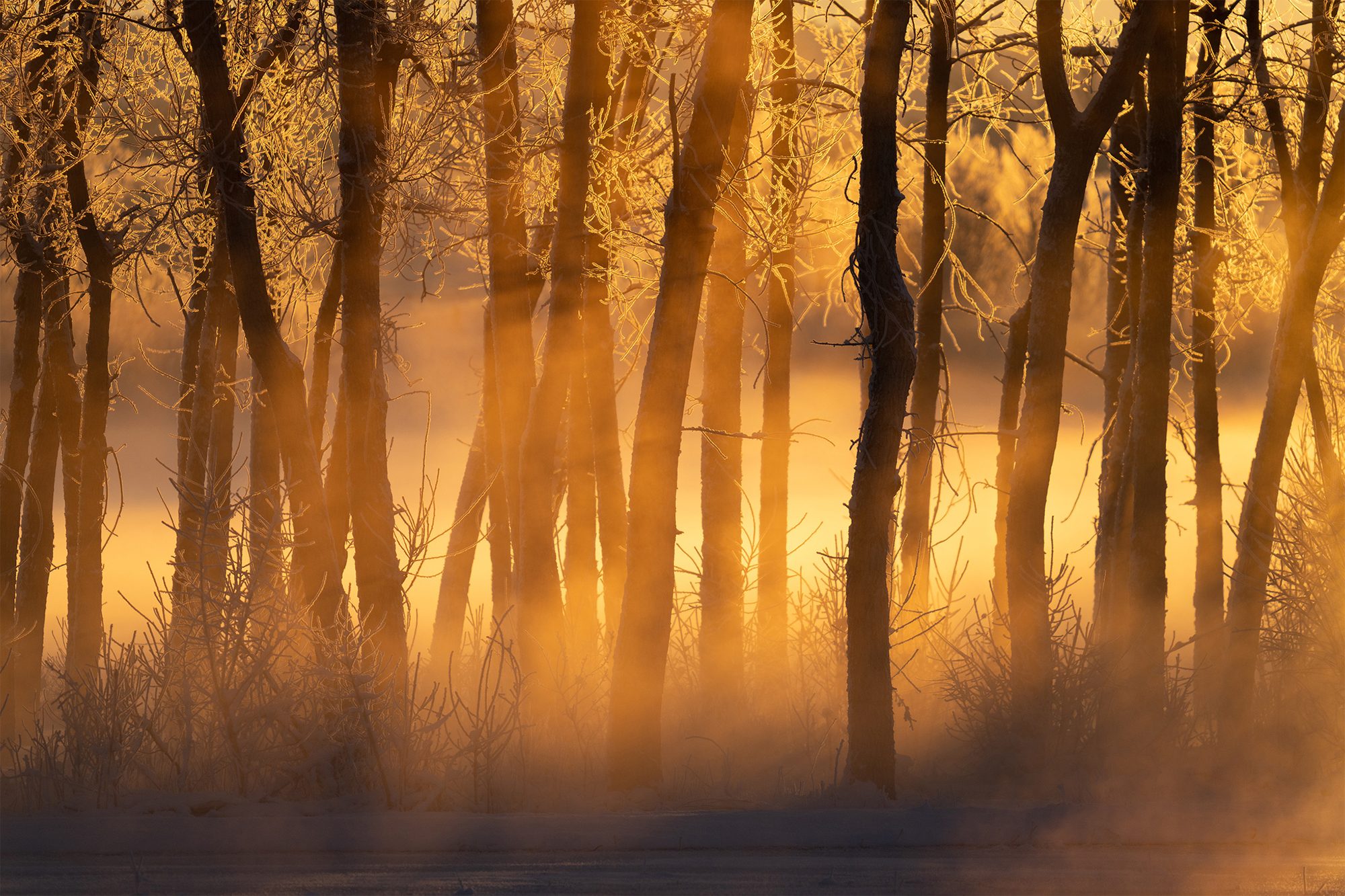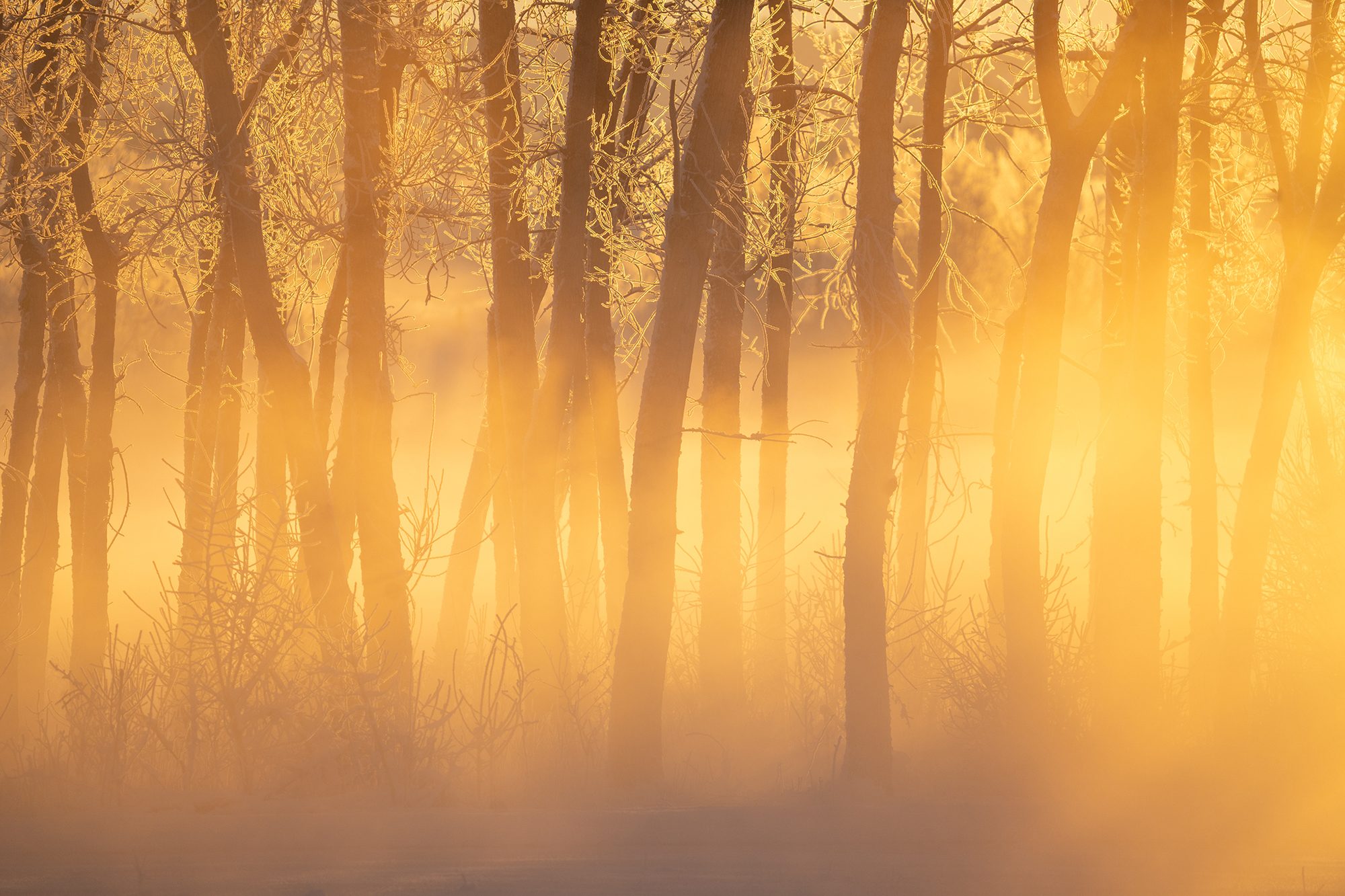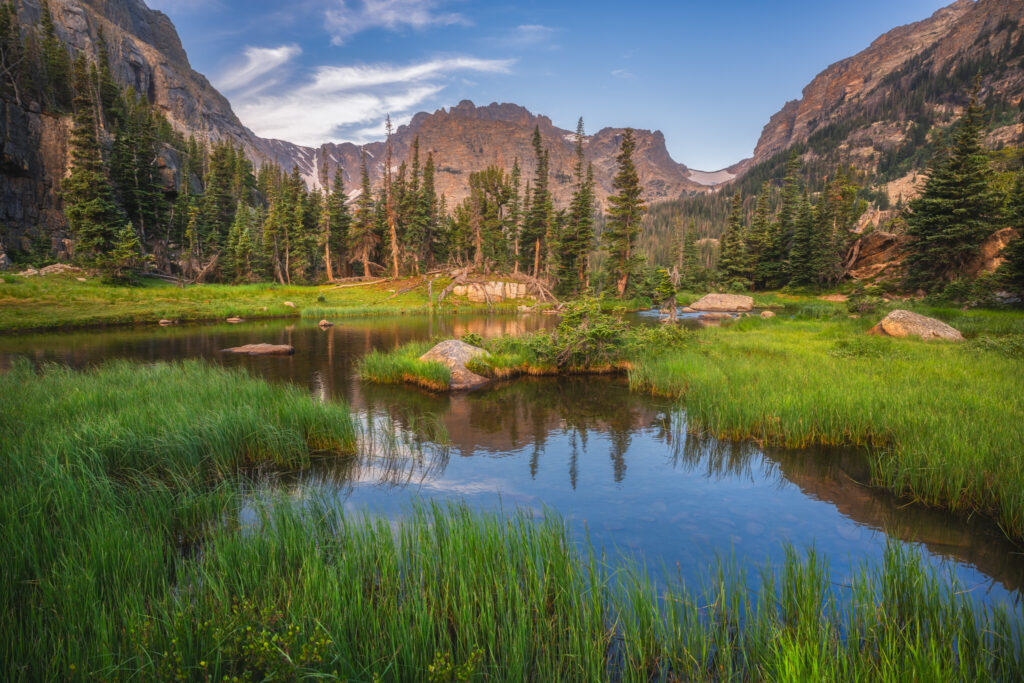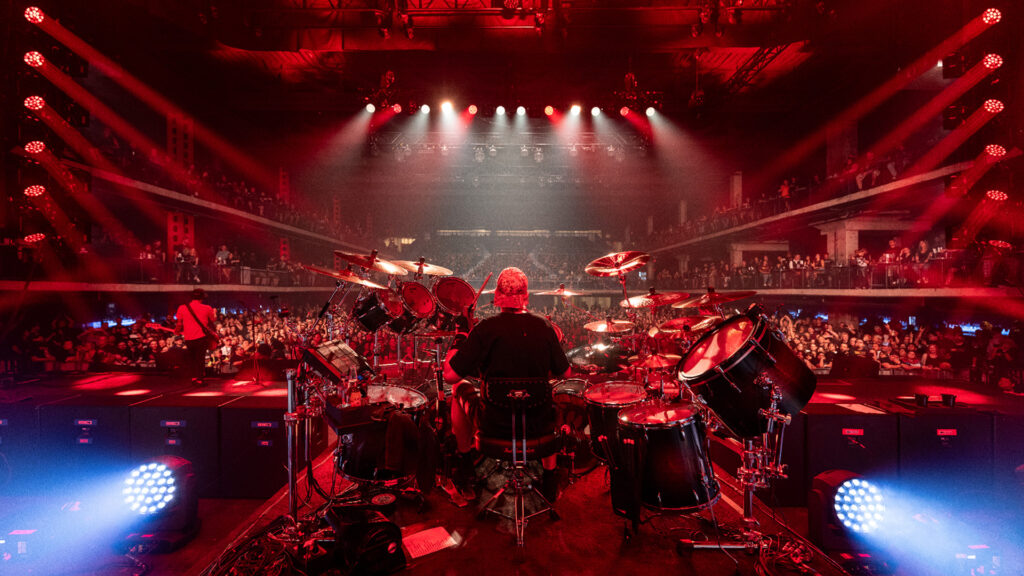Recently, I did a gut check about my camera gear and the impact the weight was having on my body for longer hikes. I made the decision to switch my main camera to a smaller mirrorless body, and decided on the Sony A7R IV. In doing so, I knew that SIGMA made a lot of lenses for E-mount and that it would be easy to get my new camera kit dialed in rather quickly at a reduced weight.
One of the lenses I wanted to try was the SIGMA 150-600mm DG DN OS | Sports, which offers a very versatile zoom range, weather sealing, portability, and a really close minimum focusing distance, all features that are especially important to me.
After making the switch to the Sony camera to lessen the weight of my gear I also wanted to employ that same motto with my lenses. The closest lens that compares to the SIGMA 150-600mm DG DN OS | Sports is the Sony 200-600mm G OSS, and while the range is similar, the SIGMA lens is about 2 inches shorter when collapsed, making it easier to pack for a day out in the elements. This lens, when attached to my Sony camera, offered very nice balance on my Robus tripod and ballhead, and it allowed me to capture some great images, even during cold, snowy conditions.
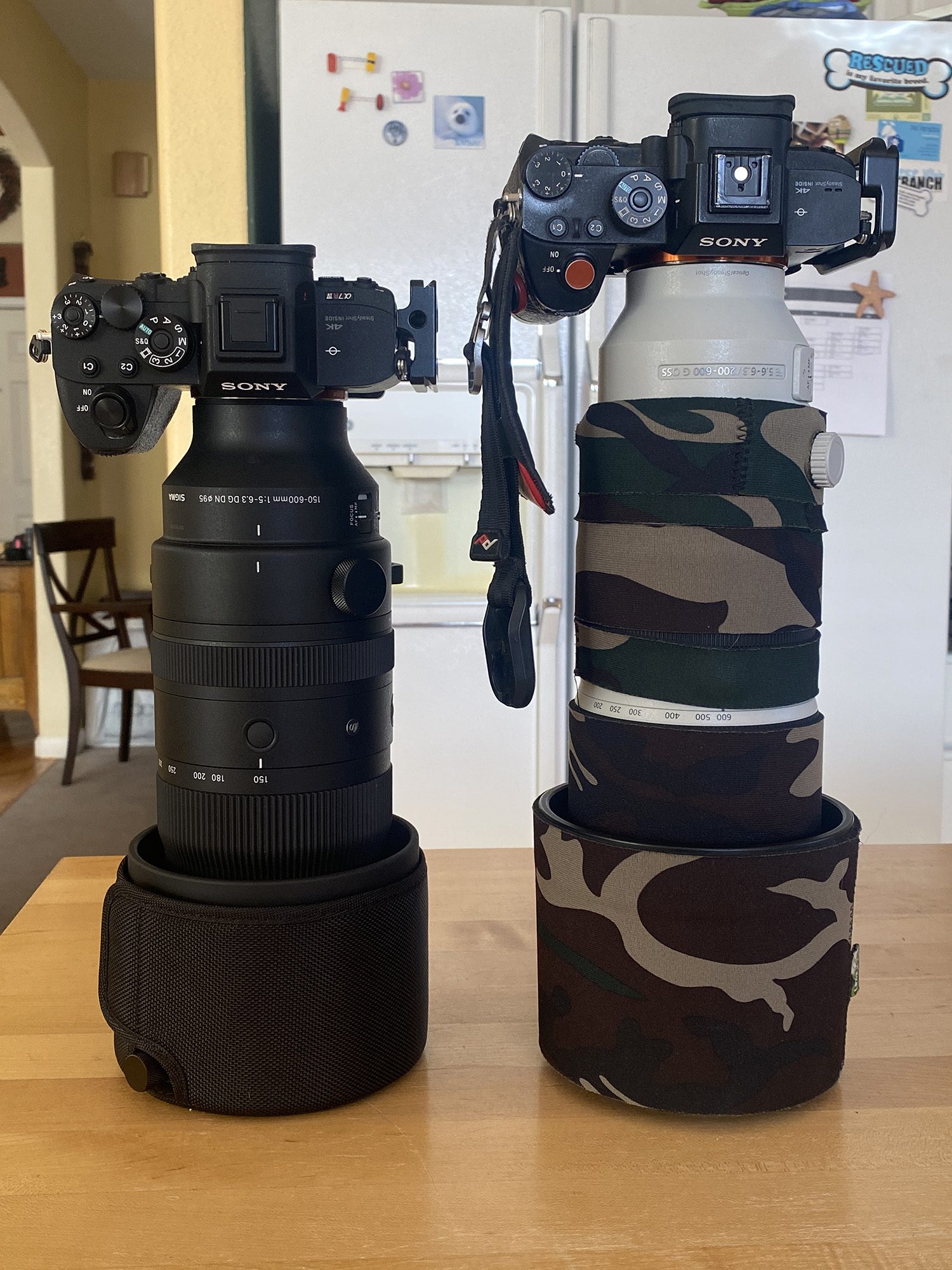
Although I am primarily a landscape photographer, living in Colorado has its perks when it comes to wildlife photography. We have hawks, eagles, deer, geese, elk, and various birds all throughout the year in locations fairly close to where I live. So in addition to seeking out winter landscapes, I wanted to try my hand at photographing animals in the middle of January. Not an easy task, but with my lightened gear, I felt up to the challenge.
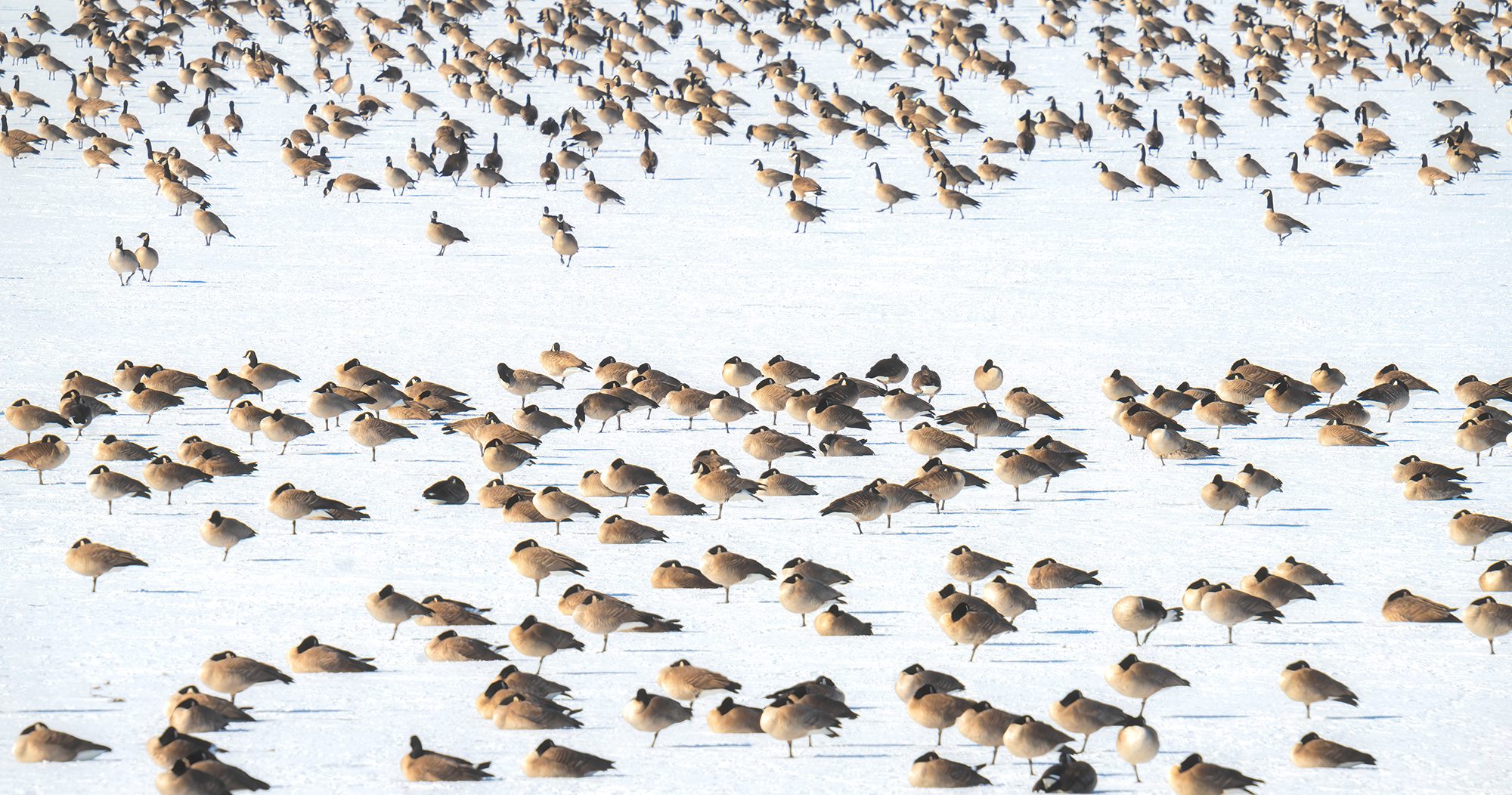
Excellent Portability, Image Quality and Autofocus Performance
I wanted to put the lens to use in some real world situations that not only involved moving objects but also tested the focal length range. We all know that the middle range of most telephoto lenses is pretty good. I wanted to put the far end to the test. With a reach of 600mm on a 61-megapixel camera, how good could it be?

Because of the smaller size and how well the lens balances on mirrorless cameras, I was able to carry this lens as I hiked. One day I did 2.5 miles, and another day I did 5 miles just carrying the lens and shooting what I was seeing. I knew if I put the camera and lens on a tripod that I would miss too many shots by taking the time to put the tripod down and find my subject. I needed to be as responsive as the lens so I could capture the images I wanted.
For example, birds of prey are amazing to watch as they sit in the trees and wait for something to catch their eyes. It’s a lot different watching them than trying to capture them in camera. Having a responsive lens sure helps. With quick autofocus and great color and contrast it sure helps a photographer to bring home the images they want.
As we were finishing up a 5-mile hike around Barr Lake State Park in Colorado, my wife noticed two bald eagles flying overhead. As I was trying to photograph them, in comes this beautiful juvenile bald eagle just gliding across the sky much closer to me than its parents. As he stretched his wings and caught the light from the winter sun, his underside lit up beautifully.
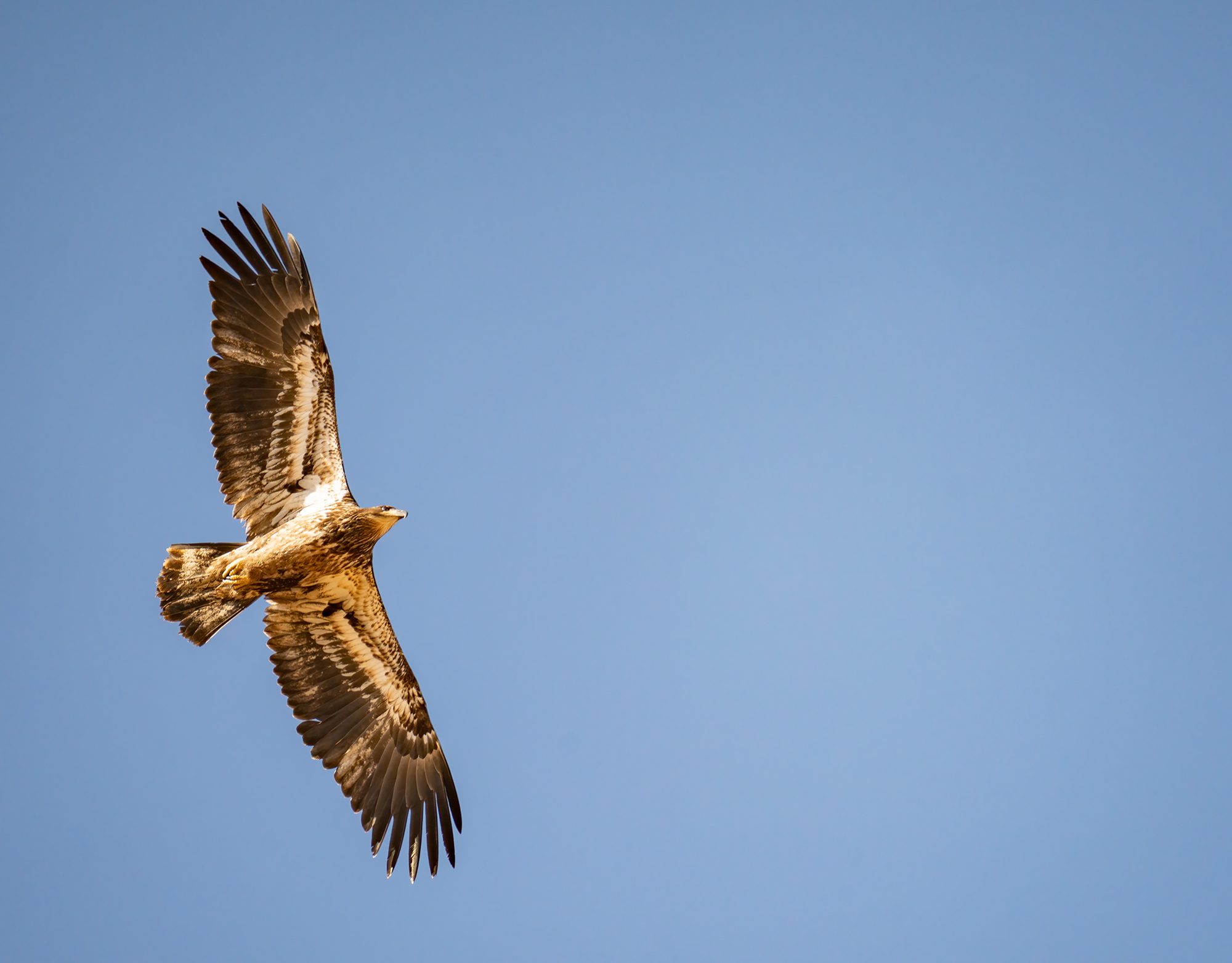
Capturing birds in flight is amazing, but when you can get up close and personal with a Rough Legged Hawk having lunch, now that’s something else. Having the time to slow down for a moment, nail focus and nail the shot is such a great feeling. During this hike I never felt like my arms were tired from carrying the lens and when the time came to capture this moment I was ready and I had a solid, reliable lens as well. A moment where the close focusing distance really came in handy.
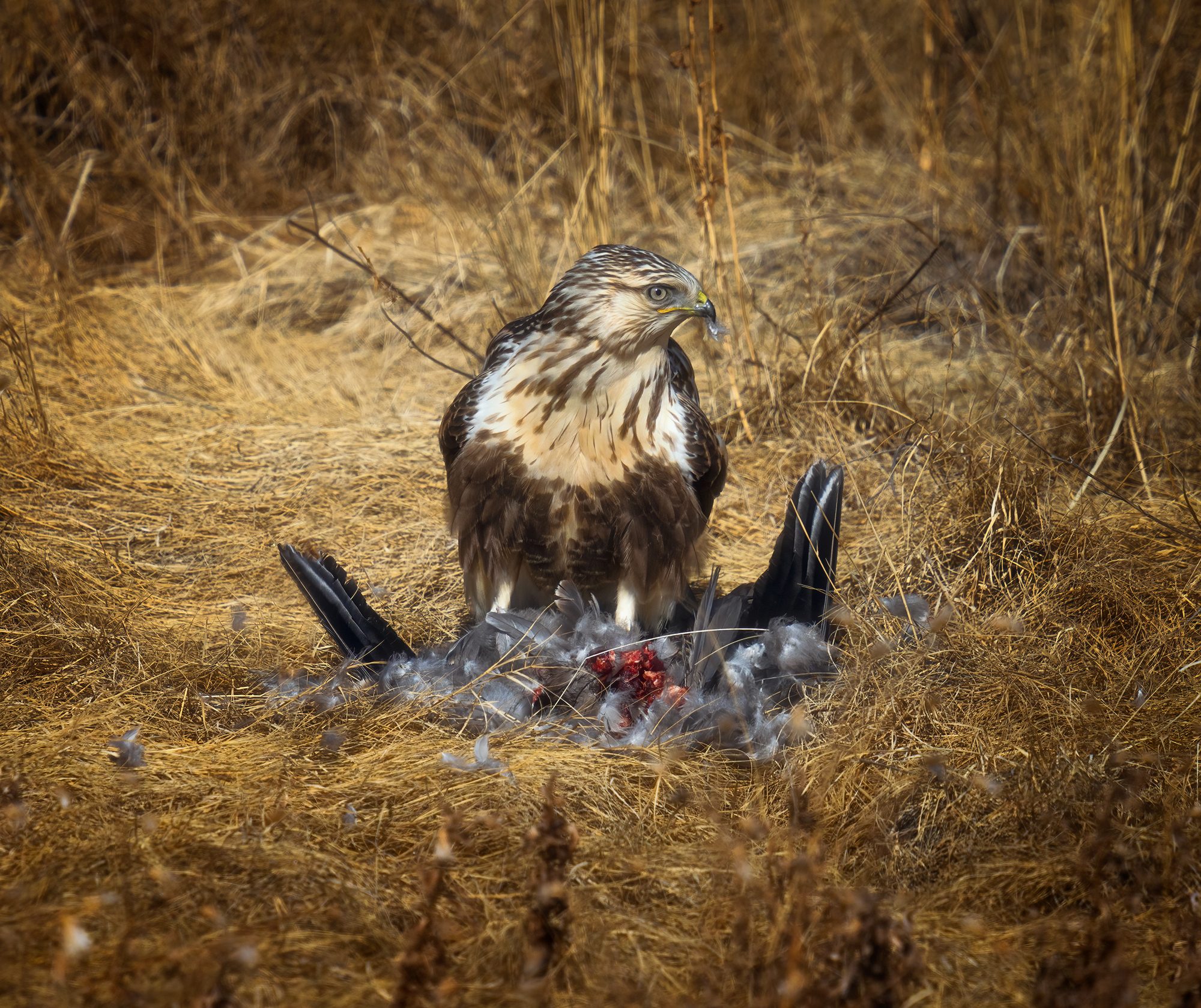
Having a state park only a couple miles from my home sure comes in handy as a photographer. Chatfield State Park near Denver is full of wildlife, and for the most part they are fairly tame since there are usually people around. Each of these next two images were captured at a fairly close distance. Using the SIGMA 150-600mm DG DN OS | Sports lens gave me great confidence that my images would be sharp and detailed as I was able to focus fast and get the shots.
Outstanding Minimum Focusing Distance
As I mentioned earlier, one lens often compared to the SIGMA 150-600mm DG DN OS | Sports is the Sony 200-600mm G OSS. While both lenses provide plenty of reach, the 150-600mm DG DN OS | Sports is really unique in that it can focus at just under 2 feet, while the Sony’s minimum focusing distance is just under 8 feet. 6 total feet may not seem like a lot, but it can be the difference between getting the shot or not. I know from personal experience with other lenses that having long minimum focusing distances can be frustrating. While cropping and editing can help, I like being able to get the shot in camera when possible at the native resolution.

Getting close to your subject and being able to capture highly detailed images is a great feature of this lens. Because you are able to get close and use the lower end of the zoom range, this lessens the chance of any vibrations during the exposure. As we all know, the more you zoom out the more steady your lens has to be in order to get super sharp images. While walking around the park near my home I saw a couple very small scenes that caught my eye and I really wanted to give this lens a run for its money with the close focusing.
Below are two images that really take advantage of being able to focus less than two feet away. The branch you see here is maybe a foot across from end to end. To get the shot, I got the camera and lens down as low as I could with my tripod. I’m pretty sure I was squeezing up very close to that minimum focusing distance. I then took 11 images (each focused on a different part of the branch) starting from left to right. I then used Adobe Photoshop to focus stack all 11 to create this super sharp image from front to back.
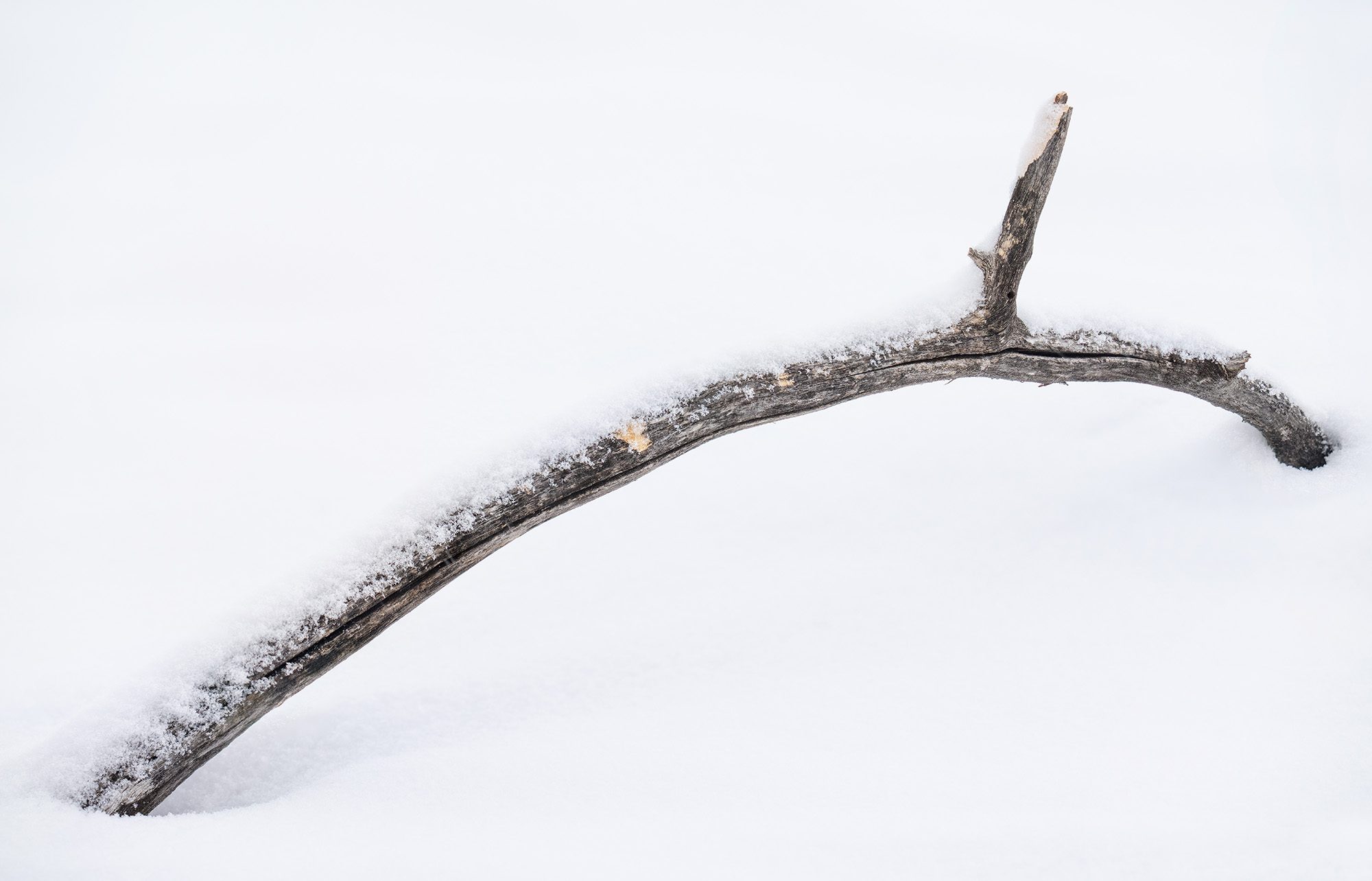
This next image is truly minimalistic. Because I was able to focus close, I was able to isolate my subject and compose the shot in camera. The splash of red against the white snow is what caught my eye. Not only is the close focusing a huge benefit, but the color and contrast the 150-600mm DG DN OS | Sports lens gives sure makes the edits much easier and quicker.

I think it’s safe to say that anytime someone gets a long telephoto lens they want to get an image of the moon. A good moon shot at 600mm with the details of the craters is pretty cool to see. Knowing the SIGMA 150-600mm DG DN OS | Sports has optical stabilization, I had to give it a shot.
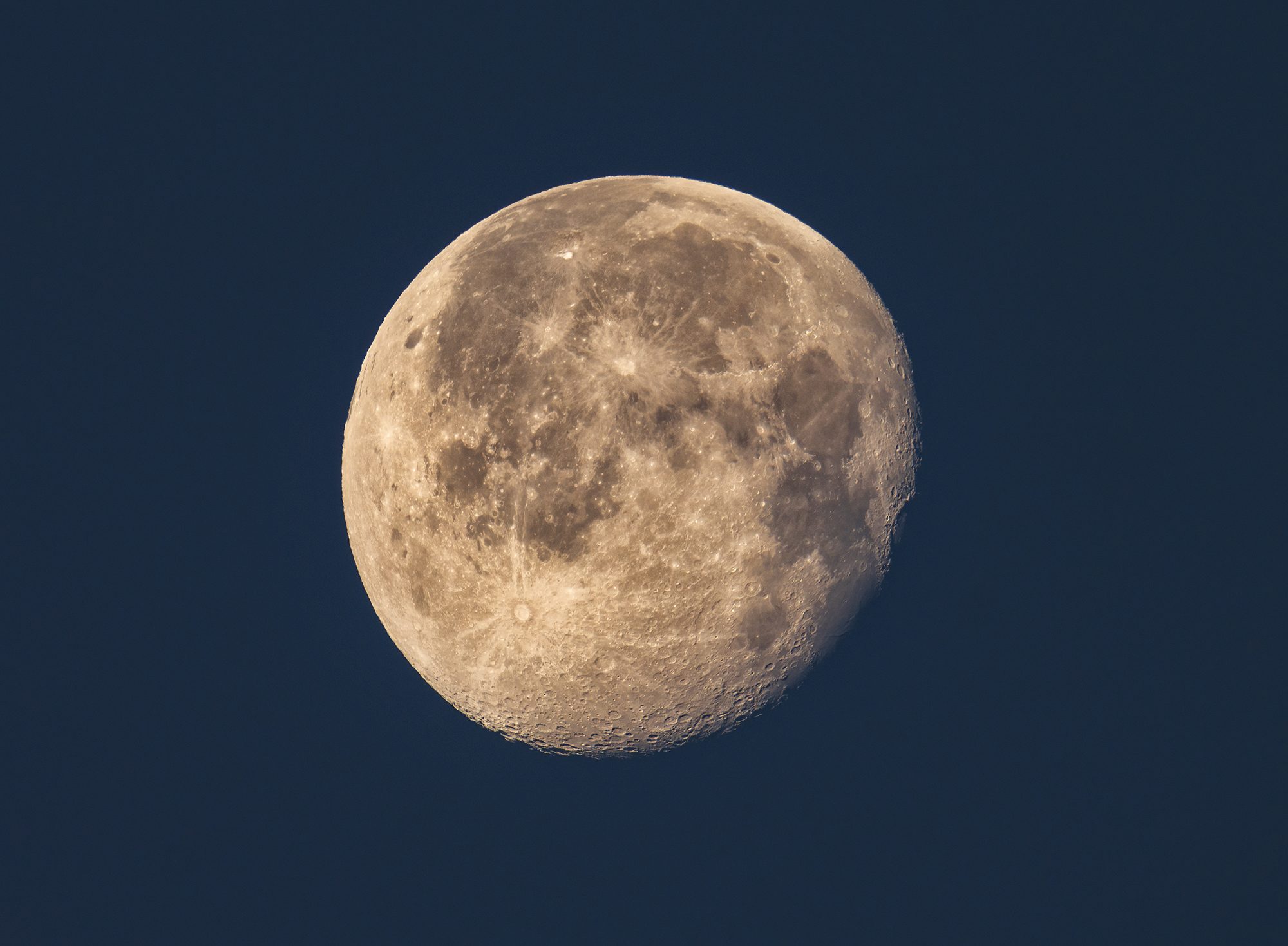
Handles the Elements with Ease
When choosing a lens, I need to make sure that it can handle all kinds of weather. Most of my shooting is done early morning when the temps are the coolest. In fact, while I’ve been shooting this lens we’ve had several days between 0-20 degrees Fahrenheit. With temps well below freezing and a couple days of heavy snow, I was able to go out and capture some beautiful images knowing that the SIGMA 150-600mm DG DN OS | Sports was weather sealed for professional shooters in extreme conditions.
These following images will show you not only the conditions I was shooting in but also the beauty of our natural landscape that is showcased only by extreme weather. Here I am laying on a frozen lake as it was snowing. I used the SIGMA 150-600mm DG DN OS | Sports lens to get a tight shot of the falling snow in the trees. The falling snow can really change the mood of a scene and with the way it makes it look foggy and very atmospheric.
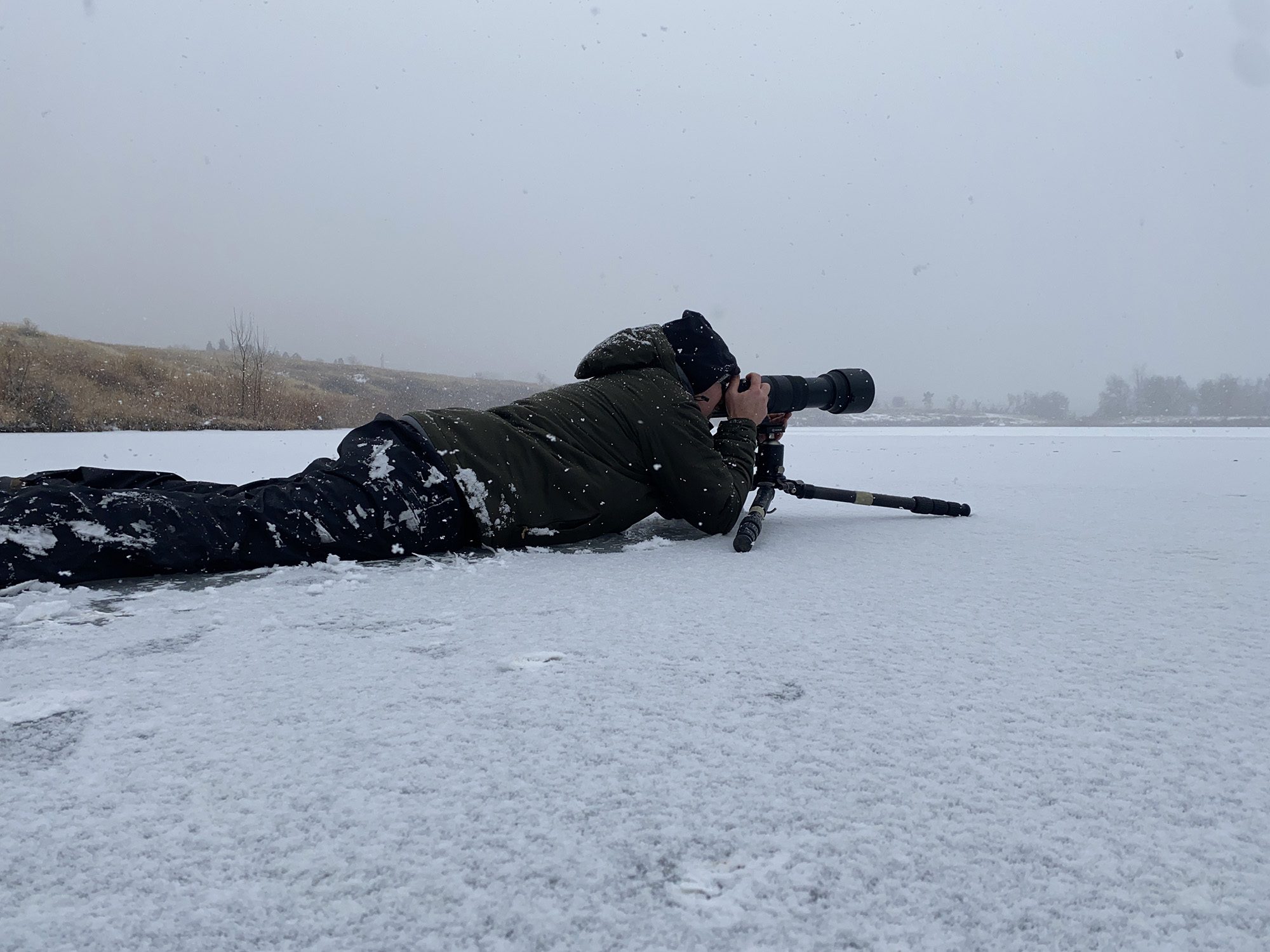

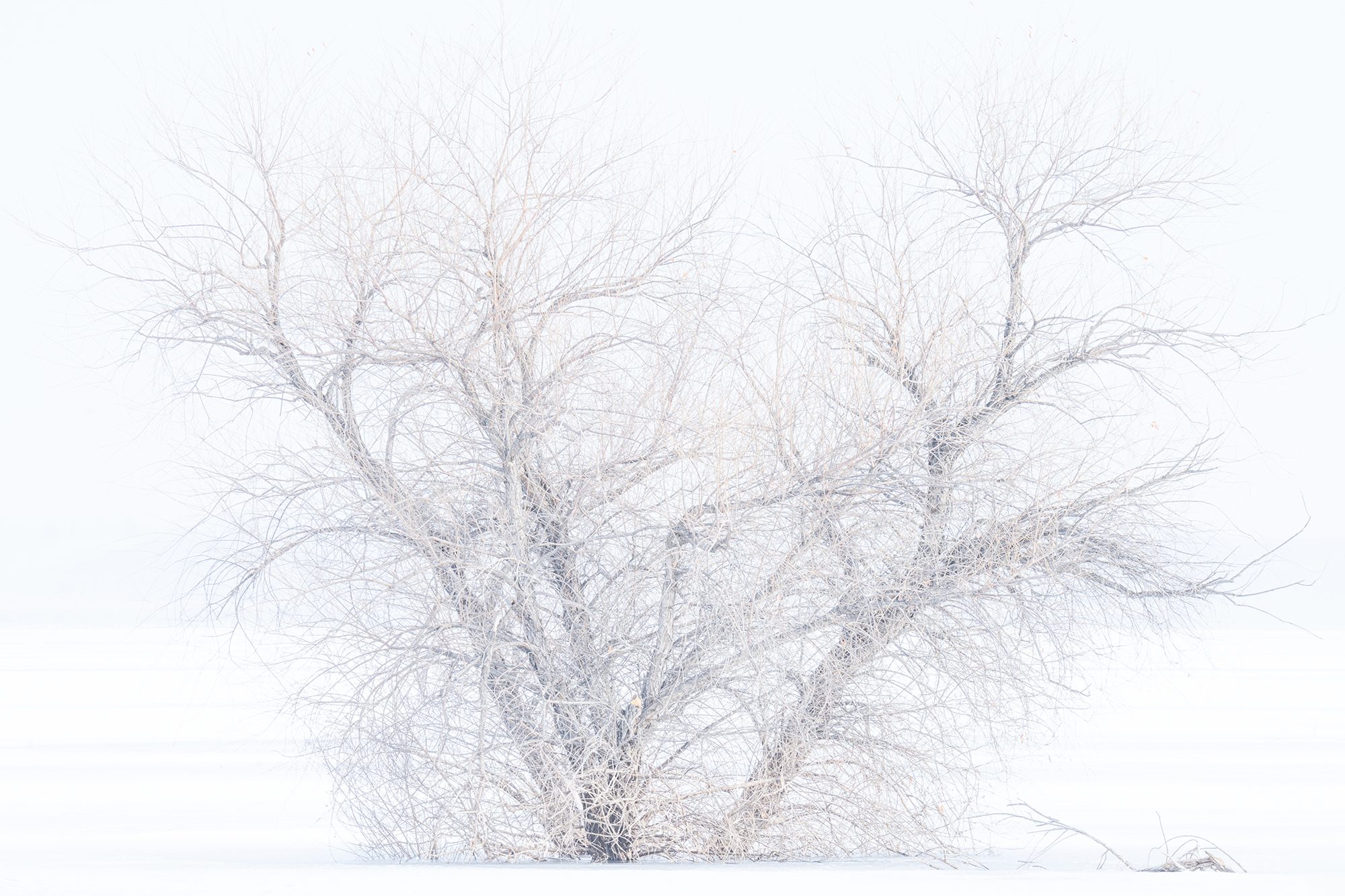
After the snow has fallen and the temps dip even further, generally the morning after a good snow or really cold night you can often find gorgeous pastel colored skies with ice crystals clinging to anything it can find. In this next series of images temps were hovering around 0 degrees Fahrenheit and the SIGMA 150-600mm DG DN OS | Sports lens was doing way better than my hands. On mornings like this it’s hard not to try and capture the amazing scenery and being able to get in close with the reach of the 150-600mm DG DN OS | Sports was perfect. Even in these super-cold temps, the lens performed flawlessly for the several hours I was out.

On mornings as calm and quiet as this one, there is a stillness in the air that’s almost scary. Everything was perfectly still. This allowed me to really slow down and use a long shutter speed to capture the beauty at a lower ISO without worrying about any movement in my image. Even at 600mm I was able to shoot the above scene for 6 seconds.

It’s a rare occurrence when we get fog and I sure like to take advantage of it when it happens. Usually it’s right after a very cold night just as the sun is coming up in the morning. The snow, still frozen to the trees, my beard and jacket covered in ice, not to mention the camera and lens. I wish I had thought to snap a picture of the lens covered in ice crystals but it was too cold to take my hands out of my gloves and try to find my phone. You’ll just have to close your eyes and picture it. Thankfully, I was able to keep the ice off the front lens element by using the lens hood that came with the SIGMA 150-600mm DG DN OS | Sports and that sure made shooting a lot easier.
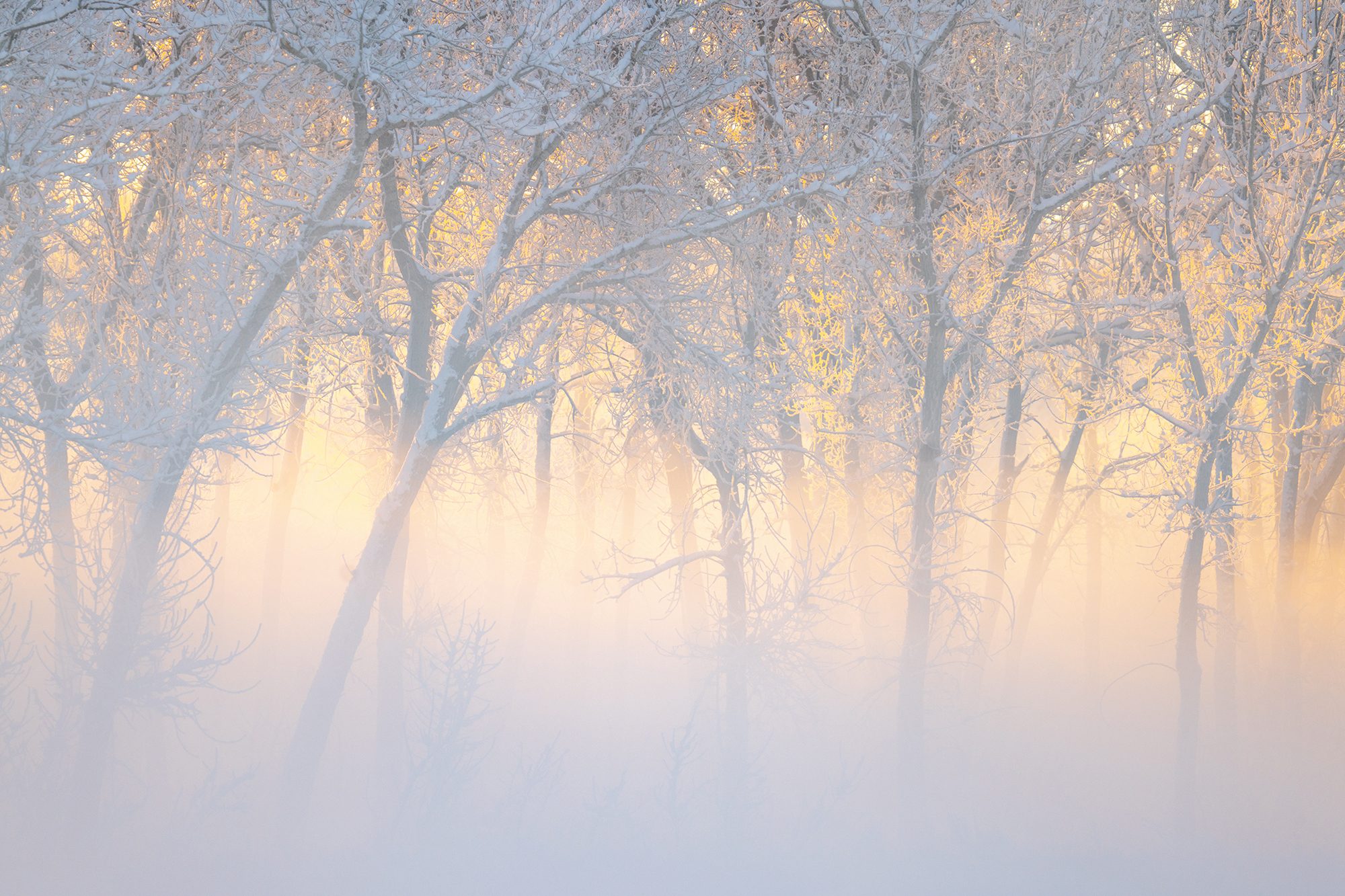
As the fog begins to clear we can get a more intimate look at the ice crystals that have been left behind. Using the end of the zoom range on the 150-600mm DG DN OS | Sports we can get our composition just right and just barely allow the rising sunlight to gently flow into the scene. The lens handles backlit subjects really well.
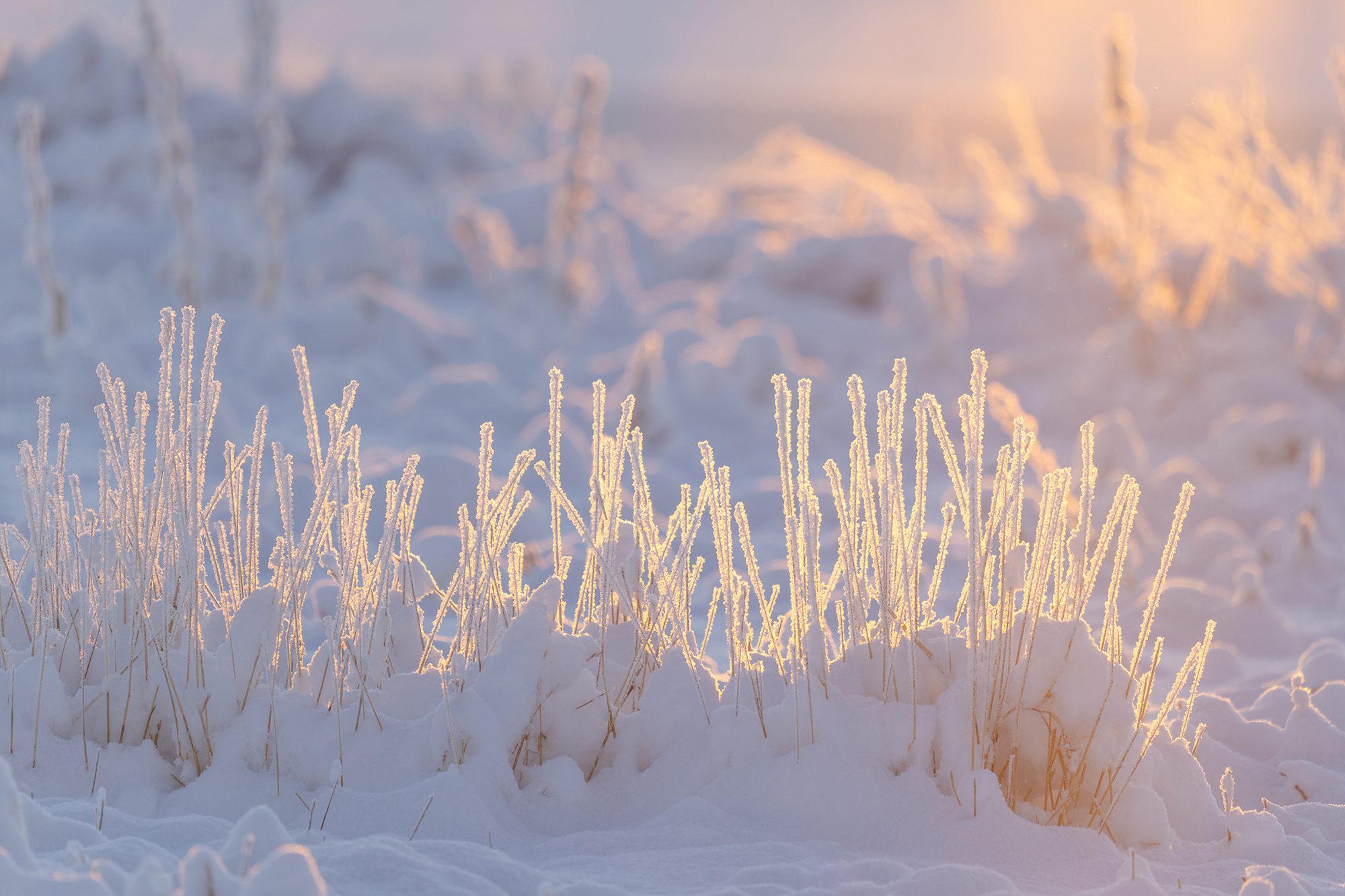
Even after photographing landscapes for over 30 years, I am still amazed at how fast the light and conditions can change. The below images are just 1 minute apart as the fog was rolling through the trees. Because these trees were on the other side of a frozen lake, I was able to stay on safe ground and still isolate them nicely with the 150-600mm DG DN OS | Sports lens.
Overall Thoughts on the SIGMA 150-600mm DG DN OS | Sports
SIGMA has done an amazing job creating a lens that is a bit smaller and lighter than its competition with an extra 50mm on the lower end of the focal range. The ability to stand up to the elements of nature is impressive. Through the cold temps, falling snow and the snow melting to water on the lens, it performed like a champ without any hiccups.
A couple of things that really impressed me were the close focusing distance of under 2 feet and how well it’s weather sealed. In all honesty I wasn’t surprised by the amazing image quality because I’ve been a fan of SIGMA lenses for years. SIGMA has raised the bar for image quality and this lens is on par with their Art series lenses. I loved the 4 stops of optical stabilization for handheld shots. This was impressive as I was shooting flying birds as well as when I was shooting still objects with a pounding heart being a bit excited as to what was in front of me. The SIGMA 150-600mm DG DN OS | Sports is a true performer in all conditions.
